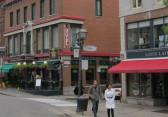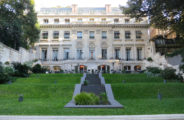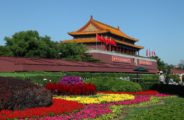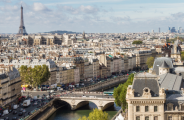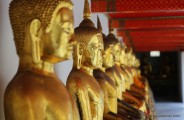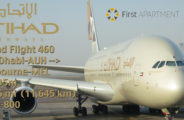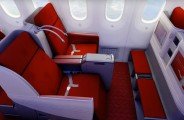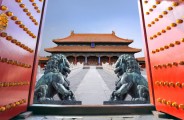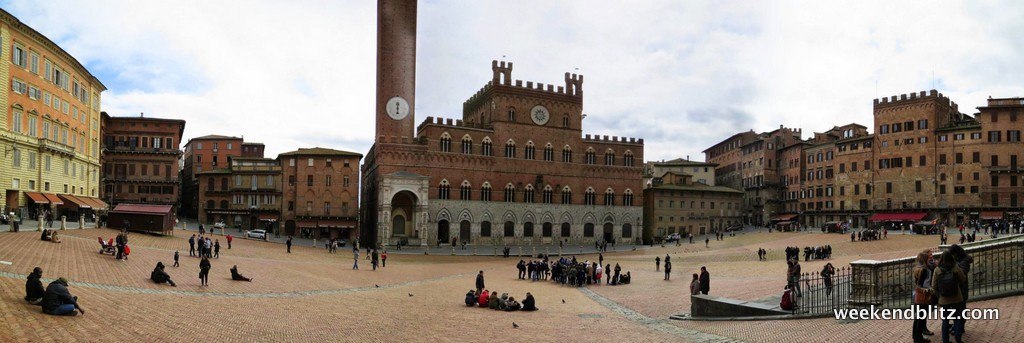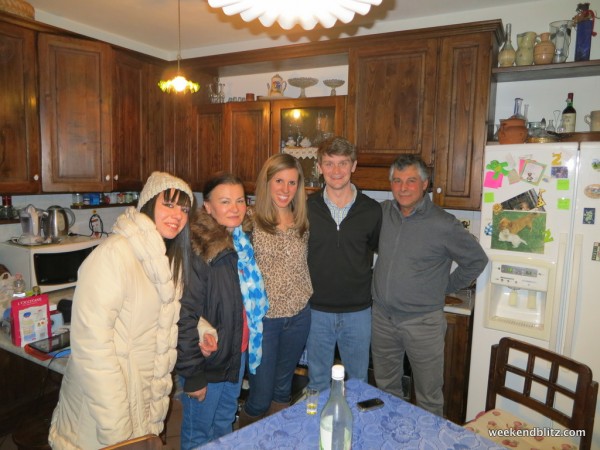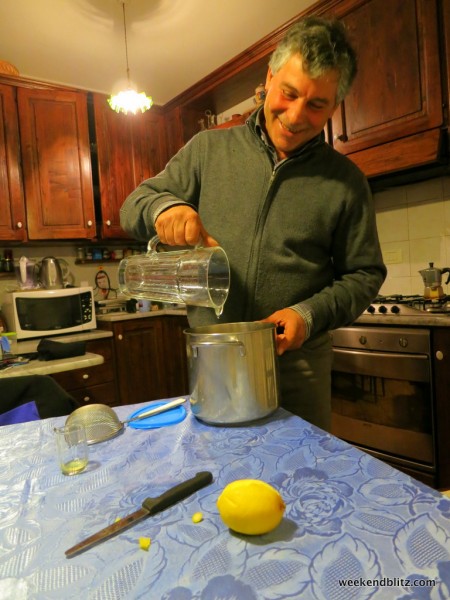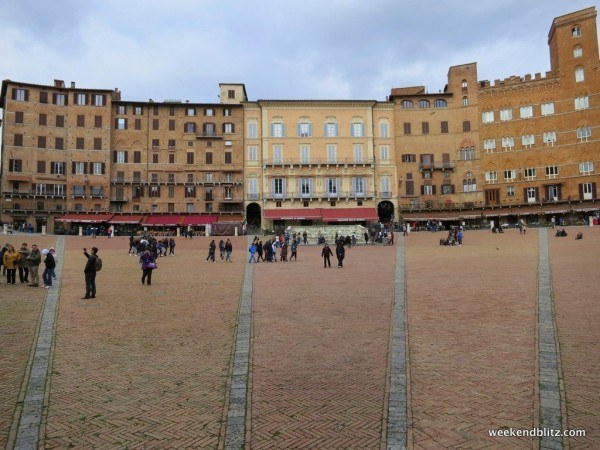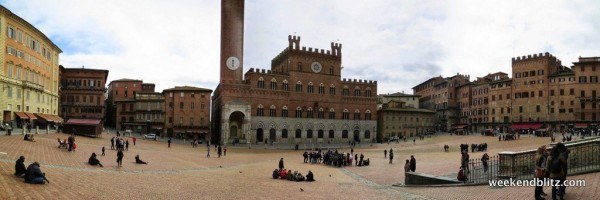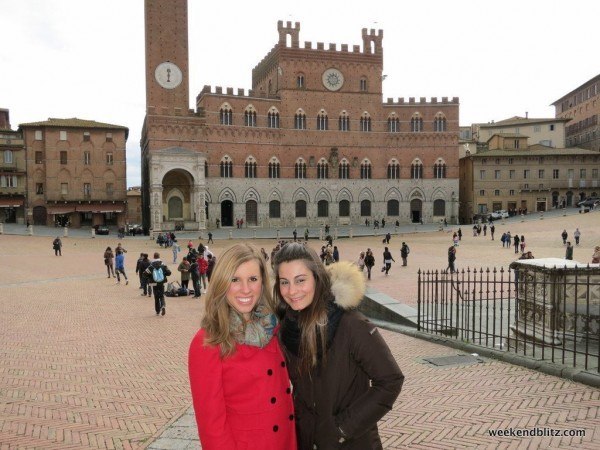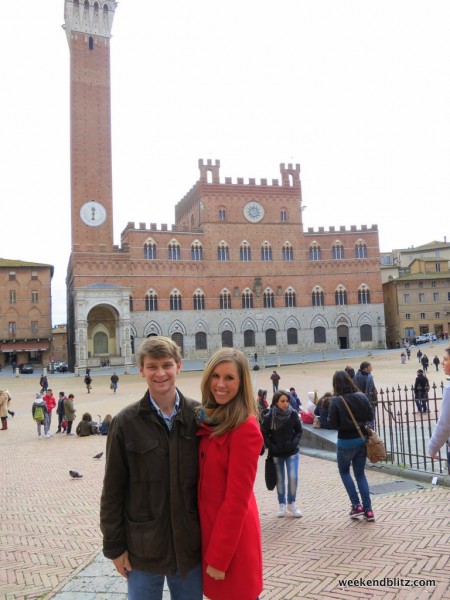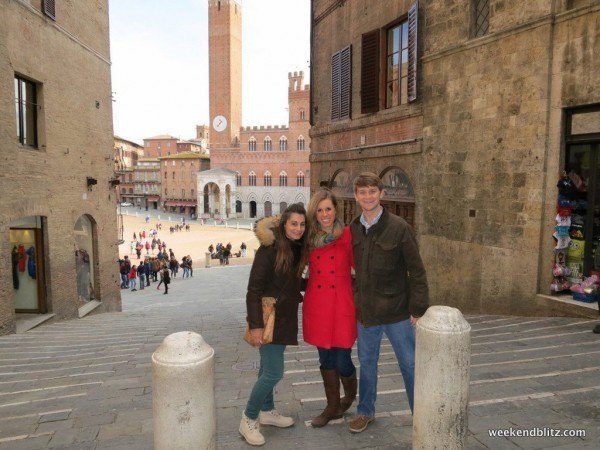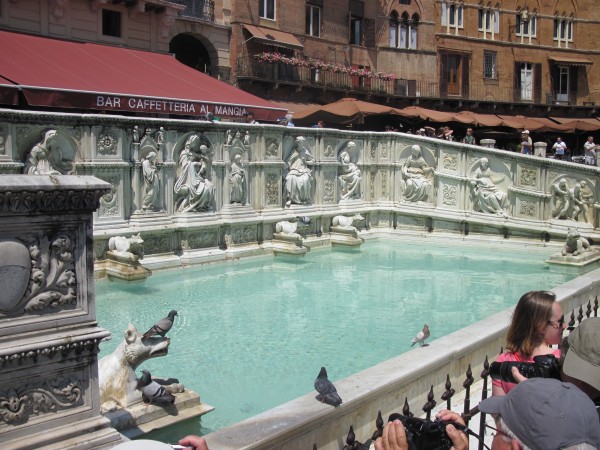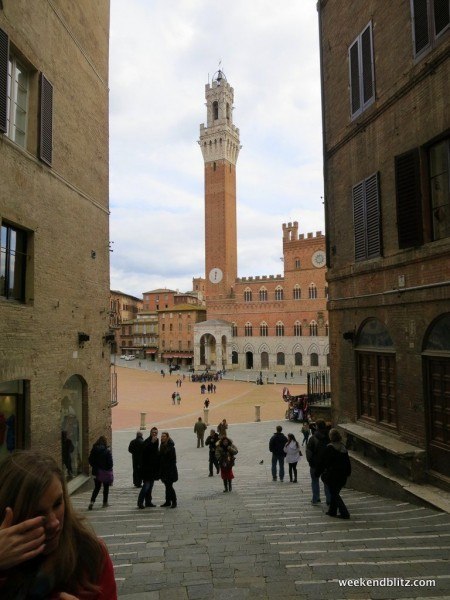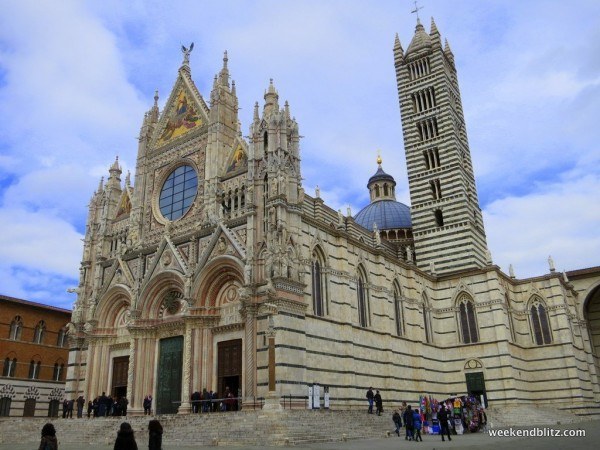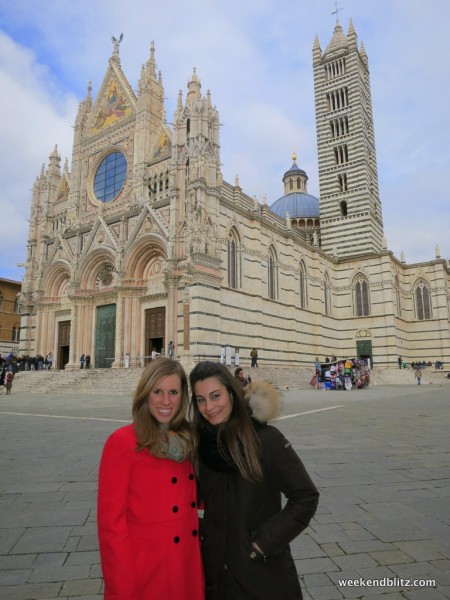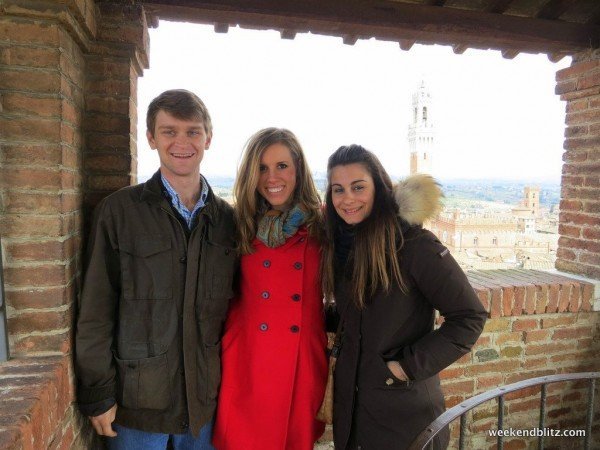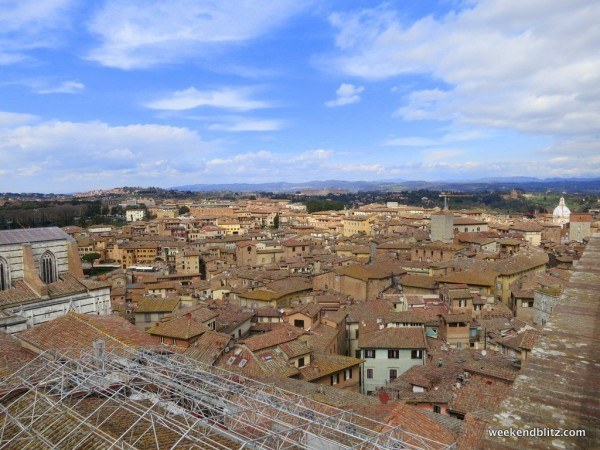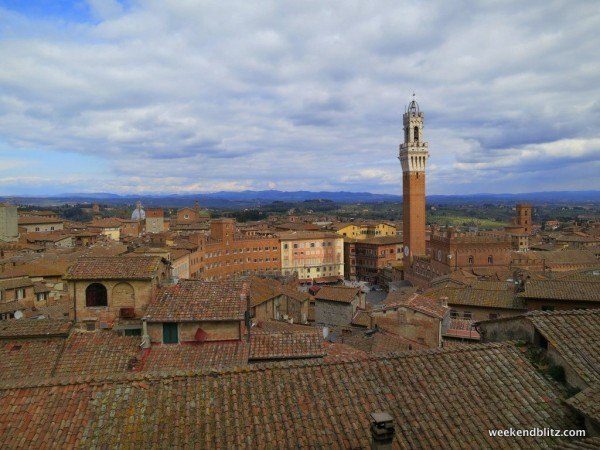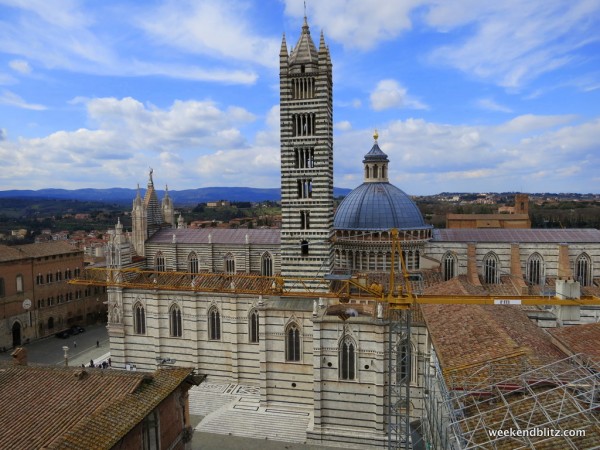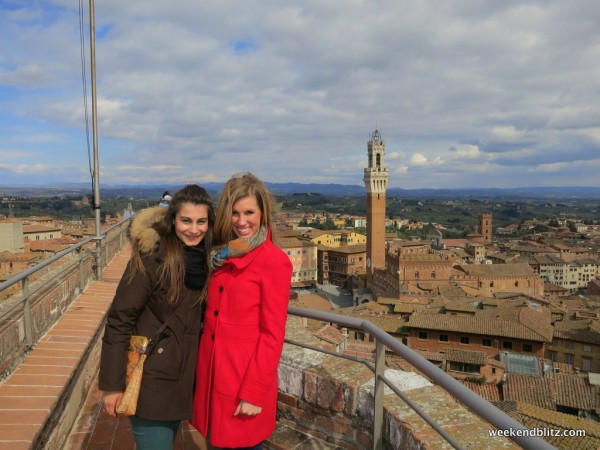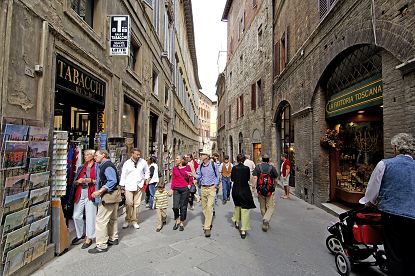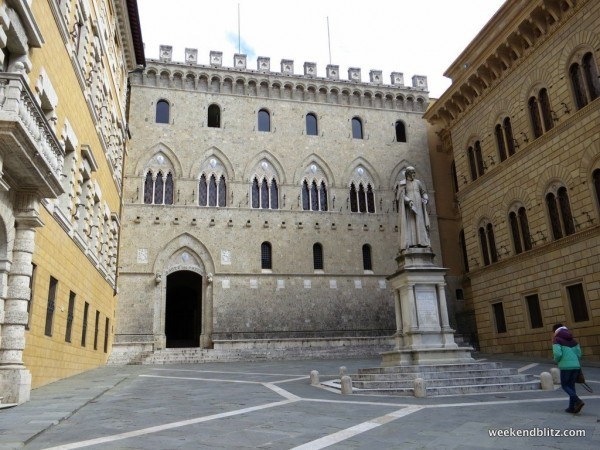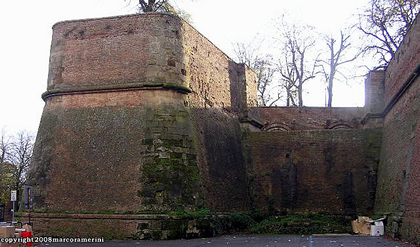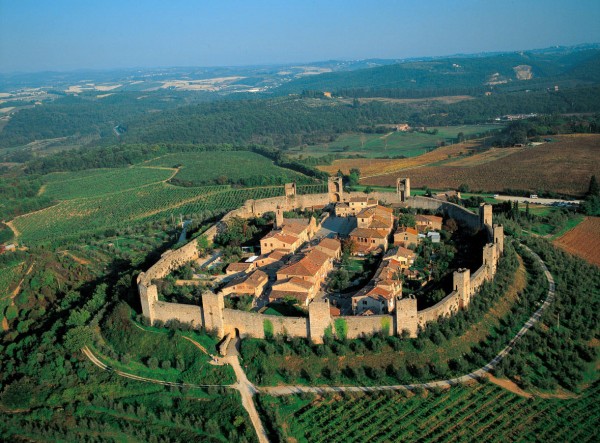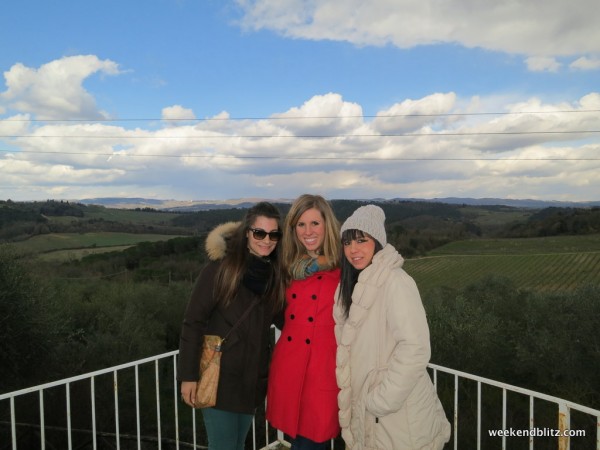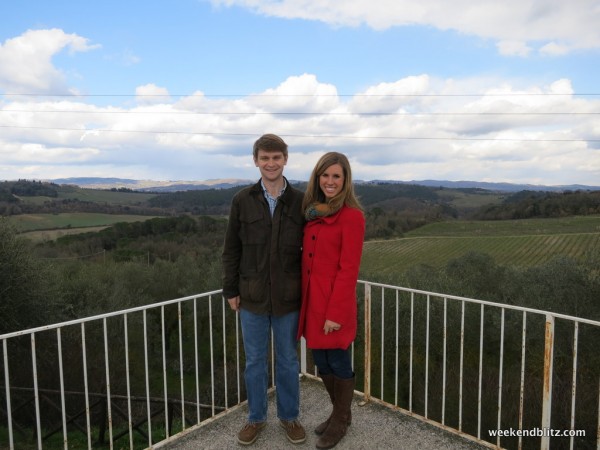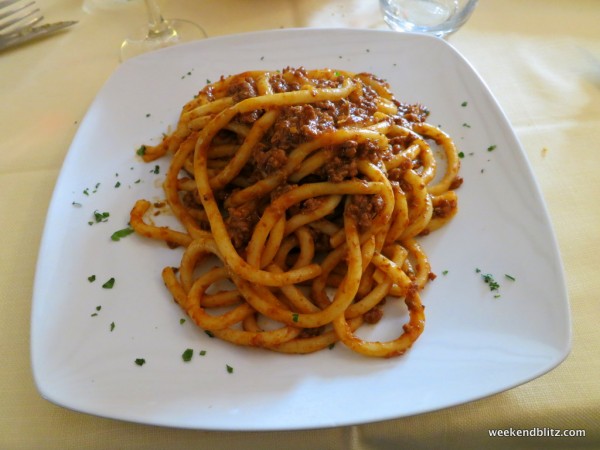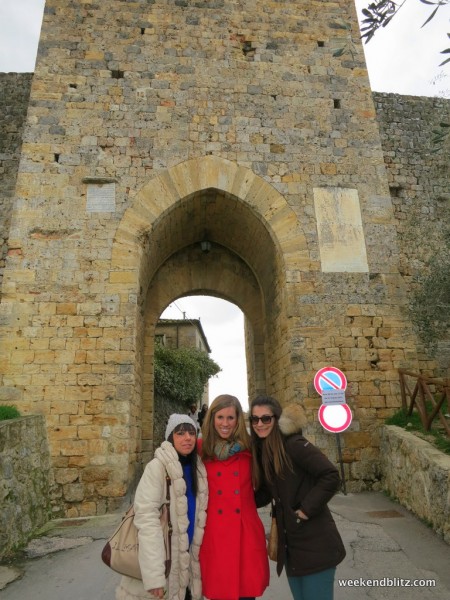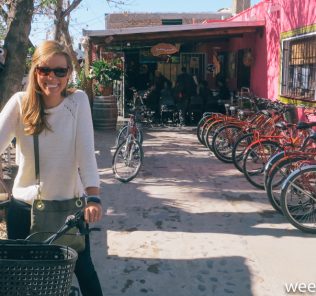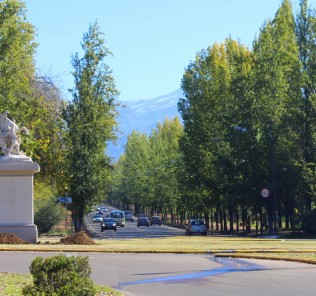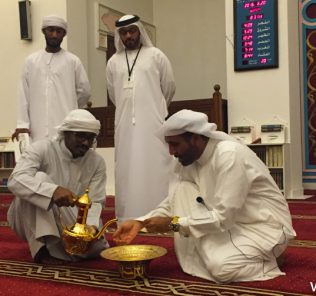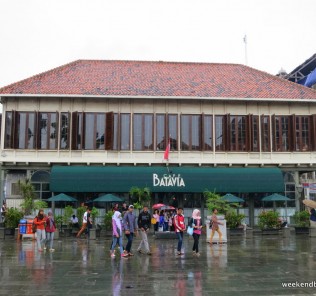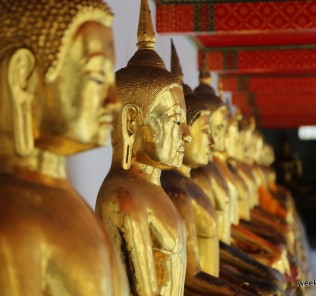Walking Tour – Siena, Italy
- Walking Tour – Siena, Italy
- Walking Tour of Florence, Italy
- Air France City Jet – Paris-CDG to Florence-FLR – AFR # 5042
- Walking Tour of Nantes, France
- SNCF Train: Paris CDG to Bordeaux
- Taking a train from Paris Airport CDG-Charles de Gaulle
- Walking Tour of Bordeaux, France
- Air France Business Class Review – AF #9 JFK-CDG
- All about our France and Italy trip!
- We’re Engaged!!!
After a few days in France (see our walking tours of Bordeaux and Nantes, then see how we got engaged in Paris!), we headed over to Italy. Siena, Italy is home to the oldest bank in the world. But it was also home to me for a semester when I studied abroad back in 2009 and lived with a family who has become my family. So, when I got the chance to go visit them when we visited Jeffrey’s sister in Nantes, France, recently, I jumped at it. Why I chose Siena as the city to study abroad, I’m not quite sure. Probably how I make most other important life decisions: a bit on a whim. I liked the movie Under the Tuscan Sun and Siena was the only city in the region of Tuscany with a program that was offered through my home college. Turns out, like most things, it worked out perfectly. I was assigned to a family that welcomed me into their home and made me feel like I belonged in Siena. As far as the city, it’s the perfect size — small enough to feel familiar but big enough to explore — and so picturesque that its one of the top stops for tourists in a country that is itself a top stop for tourists.
Peaking in the Middle Ages, the city never lost its medieval appeal. Once a leader in modernizing, it wasn’t built near a river so, while its rival city (and neighbor) Firenze (Florence) led the world into the Renaissance Age, Siena stayed put in medieval times… and the modern world couldn’t be more thankful. Its main square, Piazza del Campo, is a meeting place for locals and vacationers alike. And, no matter if you were born in Siena and never left the city walls or if you’re just visiting for the day, you just cannot grow tired of lying in the sun in the middle of the Campo, staring up at the bell tower in the sky. With gelato.
In mid-March, we found the weather to be pretty comparable to Charleston: we needed winter coats but it wasn’t unbearably cold. Check out our self-guided walking tour below. If you want to hit all of the major sights in just a day or two, this is the best way to start:
Total distance: appx 1.4 miles Time: You could walk the entire route in as little as 29 minutes (the city center really is pretty small), but I’d say a minimum of 3-5 hours would be good and even better if you try to use all day to see the sites (including stops for pizza, coffee, gelato and shopping!). You can see Monteriggioni on the map, but it’s a bus or car ride away — not walking distance!
A. START: Piazza del Campo. There’s no better place to start than the center of town and the most famous square in Europe. Featured in the 2008 James Bond movie Quantum of Solace, this piazza has a lot more going for it than just James Bonds’ old stomping tracks. The shell-shaped piazza is huge and the perfect place for a lazy day of of sitting in the sun or a lazy night of people watching. The perfect time to visit the Campo is during the Palio, the world-famous bare-backed horse race between contradas in July and August each year.
While you’re here: Don’t miss the Fonte Gaia (Gaia Fountain) (you can’t). Found in the center of the piazza (directly opposite of the tower), this fountain, built in 1342, shows the importance of she-wolves to the Sienese culture. For more on she-wolves and the Sienese, see this article.
Obviously, the bell tower looming over you (the Torre del Mangia) will peak some curiosity. If you’re up for it, climb to the top. It’s fun to see the view and especially to get a bird’s eye view of what’s going on down in the piazza.
Once you climb down, you may want a snack or at least a coffee. For gelato, head left if you’re walking out of the tower and pop into the gelateria appropriately named Bar Gelateria. My favorite combo is the cioccolato and tiramisu. For coffee, try Bar il Palio, located in the piazza behind the fountain.
B. From the Campo, head uphill on Via di Citta towards the duomo: Duomo di Siena. This gorgeous cathedral stands out from all other cathedrals because of the ‘zebra’ or black and white interior. Italian duomos’ exteriors are beautifully decorated in all colors – so I can promise you’ll be taking tons of pictures of this cathedral’s facade, too. What a lot of people don’t know about Siena’s duomo is that its builders began with a grand plan: to make it the biggest duomo in the world…or at least Tuscany! But, because of the Black Plague, the duomo still stands partially unfinished.
C. Right next door to the Duomo, be sure to head into the Museo dell’opera del duomo (6 euros/ticket). This museum has some beautiful paintings, statues, etc., etc., but the must-see item is the view! Climb the spiral staircase to the very top and you’ll get a better view than even the Torre del Mangia can offer!
D. Head back up towards the Campo on Via di Citta, the main road in town. Between the Duomo and the Campo are some fantastic ceramic shops. Be sure to pick up a few ceramic souvenirs – I found people back home really love hand-painted vases.
E. Eventually, you’ll come to Piazza dei Salimbeni, which, to the untrained eye, will look just like another piazza with another statue, but the building in the back of the piazza is Monte dei Paschi, which is the oldest bank in the world. Yep, the world.
F. From there, continue on Via di Citta, then take a few lefts to get to the Fortezza Medicea (the fort). You can enter through the gates and then climb a hill to walk on top of the fort, with a nice view of that part of the town.
The fort was built between 1561 and 1563, built after the final defeat of Siena by its long-standing rival, Firenze. Because Firenze didn’t want the Sienese to try to recover their independence, they (with the help of the Spanish) constructed the fort. The fort was dematerialized at the end of the 18th century and afterwards opened to the public. It’s now a public park used for festivals, concerts and the annual fair that comes to town.
G. Don’t stay too long at the fort because you’ll need to head to Piazza Gramsci, the main bus stop in Siena. Buses will take you to all of the regional cities and it’s great to take a day (or afternoon) trip to several smaller Tuscan towns. My favorite?
H. Monteriggioni, this small, “barely-a-town”-town is another must-see– and it even has a wall surrounding it! Just be sure to check the bus schedule to plan ahead.
If you have more questions about Siena or want some recommendations for restaurants, hotels, etc., feel free to comment below or email us!
